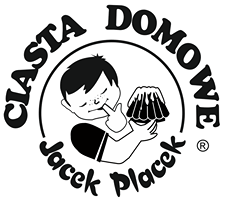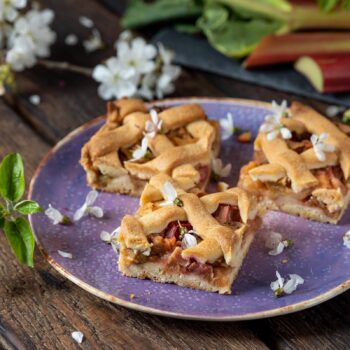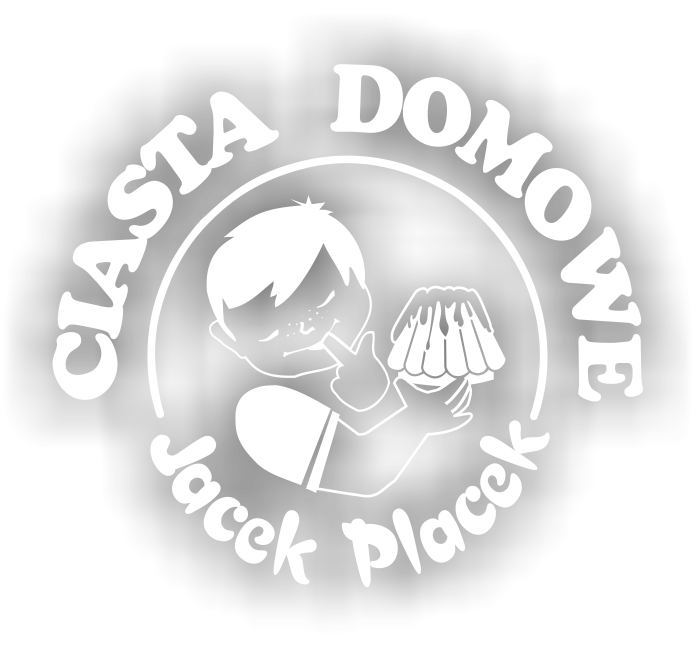Dla wielu z nas słodkie przysmaki są niezbędnym elementem w jadłospisie i trudno byłoby nam wyobrazić sobie życie bez nich. Podobnie myśleli nasi przodkowie tysiące lat temu, choć wtedy nie produkowano jeszcze słodyczy i wyrobów cukierniczych, jednak znano już słodki smak miodu, owoców, soku brzozowego czy klonowego. Poznajcie historię cukiernictwa i pierwszych słodyczy na świecie!
Od miodu do cukru
Miód był powszechnie używanym słodzidłem już od czasów prehistorycznych. Starożytni Egipcjanie i Grecy rozkoszowali się jego smakiem. Obtaczali w nim owoce, orzechy, łodygi roślin albo gotowali je w miodzie – i tak powstawały pierwotne cukierki! W tamtych okresie istniały już piece chlebowe i z czasem zaczęto dodawać do wyrabianego ciasta miód, czyli wytwarzano pierwsze pieczywo cukiernicze!
Natomiast jeśli chodzi o cukier, to pojawił się pierwszy raz w Indiach, gdzie uprawiano trzcinę cukrową. Do Europy zaś trafił już w V wieku p.n.e. Grecy nazywali go „białą solą” – w odróżnieniu od soli morskiej, która wtedy miała barwę szarą. Ale to Arabowie byli mistrzami w rafinowaniu cukru i wykorzystywaniu go do słodkich wyrobów. To oni wymyślili karmel i marcepan. W tamtym czasach jednak cukier należał jeszcze do dóbr luksusowych, a nawet był uważany za lekarstwo. Sporządzano z niego m.in. tabletki na trawienie, z dodatkiem ziaren anyżu, jałowca, goździków czy imbiru.
Opłatkowcy i mistrzowie cukiernictwa
A kim byli pierwsi cukiernicy? W dawnej Grecji produkowano specjalne ciastka weselne zwane opłatkami, które wypiekano pomiędzy dwoma gorącymi żelazkami. Stąd też pierwszych cukierników nazywano opłatkowcami. Dziś zaś ten sposób służy do wyrobu ciasta waflowego. Po pewnym czasie do wypieków zaczęto używać masła oraz drożdży, które pozyskiwano z osadów z produkcji piwa albo wina. I tak wyroby cukiernicze nabierały nowego formatu.
Jednak prawdziwy rozkwit cukiernictwa nastąpił we Włoszech. To tam w mieście Salerno w XI wieku powstała pierwsza szkoła cukiernicza, którą założyli Arabowie. Uczyli w niej, jak pozyskiwać cukier z trzciny cukrowej, przygotowywać konfitury, soki i lekarstwa. Stopniowo głównymi ośrodkami cukiernictwa stawały się miasta północnych Włoch, przede wszystkim Wenecja i Genua. To weneccy mistrzowie przygotowali ponad 300 potraw i ozdób z pozłacanego cukru na przyjazd księżnej Beatrice w 1492 roku.
Kakao i cukrownie – kolejne etapy rozwoju
Bardzo istotny wpływ na rozwój cukiernictwa i produkcję słodyczy miało sprowadzenie z Ameryki do Europy kakao w XVI wieku. Tamtejsze ludy używali roztartych ziaren kakaowca do sporządzania rytualnych napojów. Natomiast Europejczycy zmieszali je z mlekiem i tak powstał napój czekoladowy, a w XIX wieku pierwsza tabliczka czekolady.
A kiedy cukier przestał być dobrem luksusowym i mógł być wykorzystywany na szeroką skalę? – Co także przysłużyło się cukiernikom. Początkowo produkt ten pozyskiwano jedynie z trzciny cukrowej, którą przywożono do Europy z Azji i Ameryki. W XVI wieku w Niemczech powstała nawet pierwsza fabryka cukru. Jednak towar ten wciąż był bardzo drogi. Dopiero w XIX wieku zaczęto produkować cukier z buraków cukrowych – uprawiano je w Europie i dzięki temu koszty stały się znacznie niższe. Od tego momentu cukier przestał być towarem dla bogatych, a wyroby cukiernicze mogły być oferowane dla szerszego grona klientów. W tamtym przełomowym czasie powstawały w Polsce zakłady słynnych cukierników, takich jak Wedel i Blikle.
Świat słodkości dzisiaj
W dzisiejszych czasach każdy ma łatwy dostęp do słodyczy i słodkich wypieków. Mamy szeroki wybór bardzo różnych produktów i sztuka bardziej polega na tym, aby dokonać odpowiedniego dla siebie wyboru. A wielu z nas chce się zdrowo odżywiać i dbać o szczupłą sylwetkę. Dlatego odpowiadając na potrzeby klientów, niektórzy producenci słodyczy i wyrobów cukierniczych zastępują zwykły cukier zdrowszym ksylitolem, syropem z daktyli albo mieszanką zmielonych słodkich owoców. I tak powstają przykładowe dietetyczne batony.
Także w samej branży cukierniczej coraz bardziej popularny staje się trend stosowania tylko naturalnych składników m.in. prawdziwych jaj, konfitur, czekolady, zamiast sztucznych dodatków czy konserwantów. Dzięki tej tradycyjnej formule ciasta zachowują niepowtarzalny, domowy smak i aromat – są „jak dawniej”. I właśnie takie wypieki, przygotowywane według rodzinnych receptur, oferuje nasza => cukiernia Jacek Placek.



